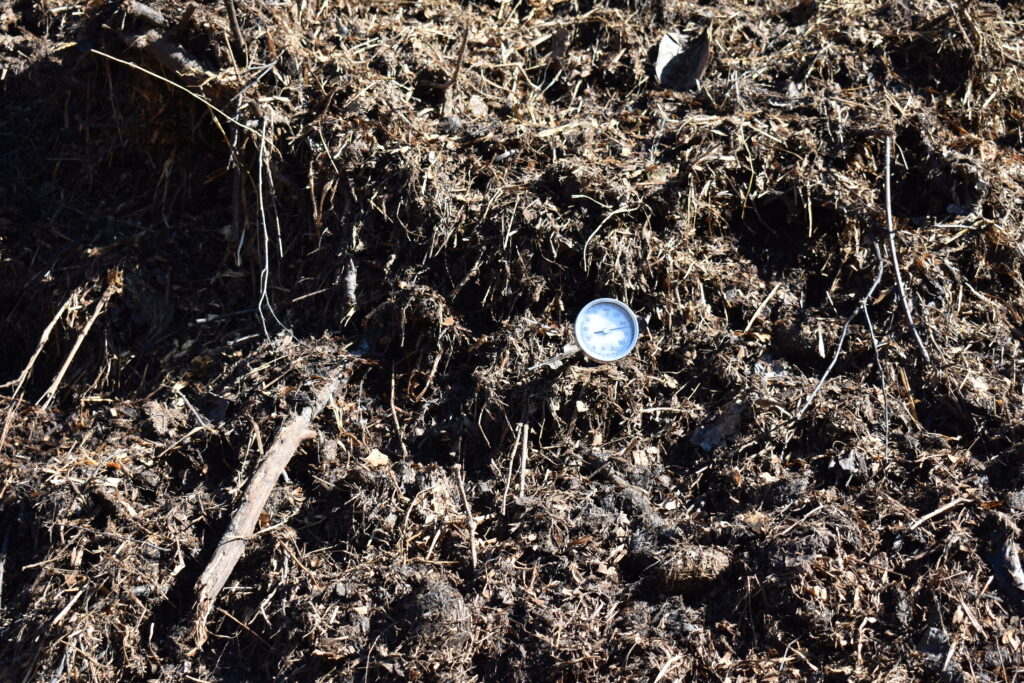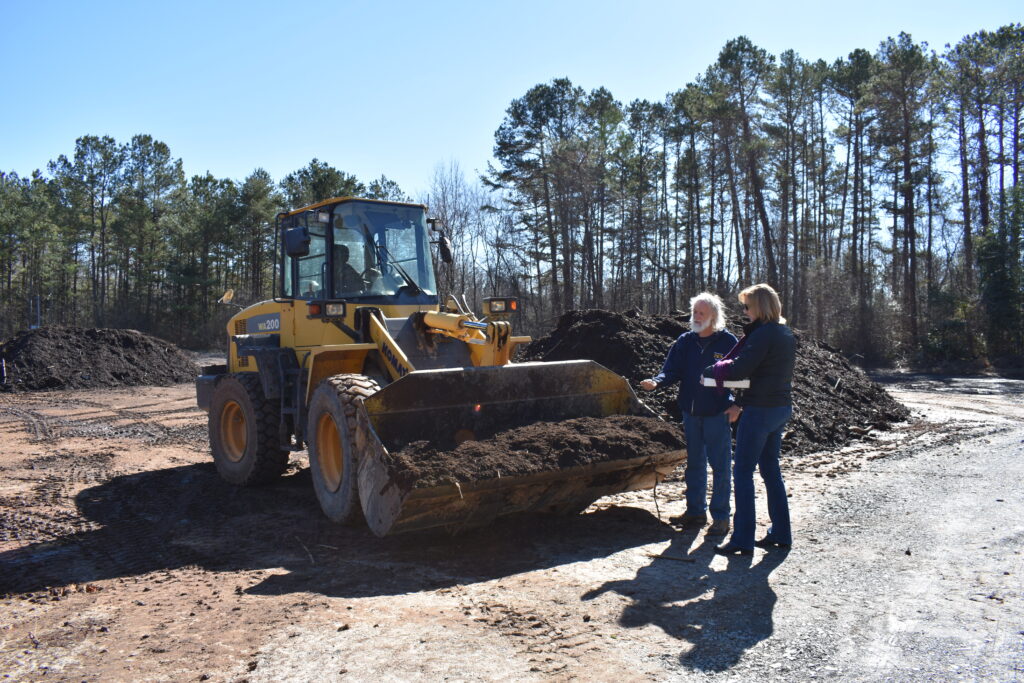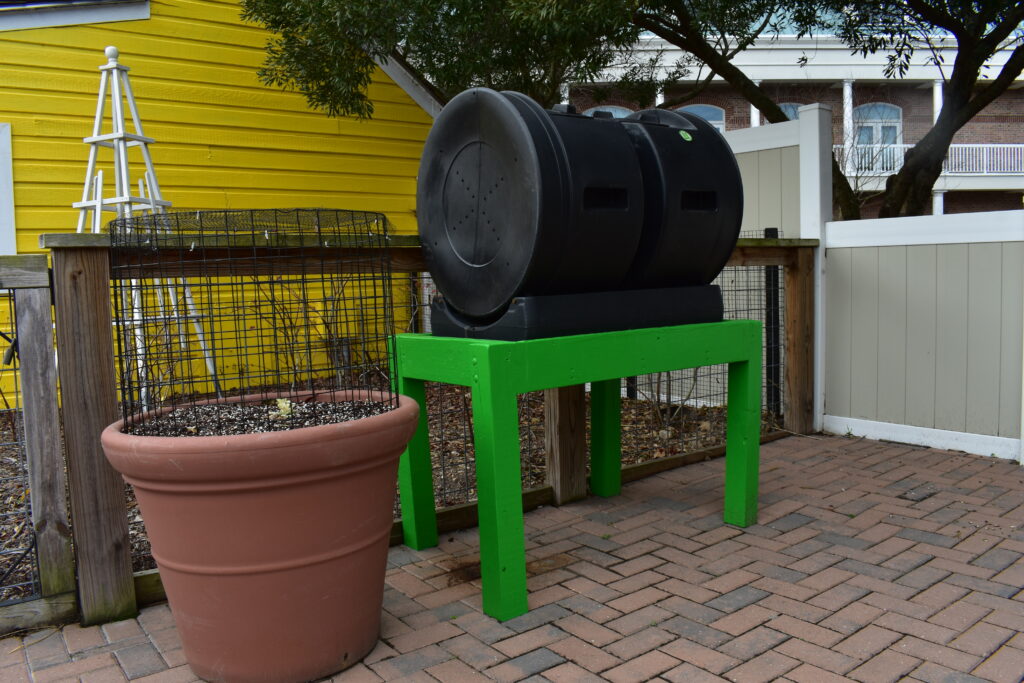As the Worm Turns
Coming soon to the ZooFarm are our new composting bins! The Zoo’s Horticulture Department will use vegetable scraps from the Zoo’s Animal Commissary, compostable greenery and hoof stock manure harvested from Zoo grounds to make compost. This project is part of the ZooFarm garden grant the Zoo received from the Hampton Roads Community Foundation in 2018.
Composting is the process of decomposing organic waste material into a nutrient-rich soil that can be used as fertilizer to help plants grow. Moisture, oxygen, and bacteria are also critical to the composting process. All of these variables, especially microorganisms, help break down organic matter, which creates natural heat. Once the compost pile has reached 160°-170°Fahrenheit, it needs to be rotated twice a week until the entire pile has reached the optimal temperature, which is monitored with an extra-long thermometer. At this point, the compost is ready to fulfill its new purpose to help plants grow! The Zoo will also be vermiposting, which is a type of composting process that uses worms to help break down organic waste.

In early 2018, the Virginia Zoo’s Horticulture Department ventured to the North Carolina Zoo to discuss composting practices with their horticulture team. The NC Zoo’s composting practices operate on a larger scale, with more than two acres (out of over 500 acres the Zoo encompasses) used solely for collection, processing and harvesting of compost. Staff at the NC Zoo were helpful in outlining how composting works from start to finish, which “ingredients” make the best compost and how to use the fertilizer around the Zoo.

Since the Virginia Zoo lacks what the NC Zoo has – a spare acre or two of land, the horticulture team had to get creative with space in order to begin composting on Zoo grounds. So the idea of composting in barrels was introduced. The Zoo purchased two composting barrels using grant funds and also constructed bases for the two barrels. The barrels have 80 and 52 gallon capacities and are designed for the compost inside to be easily rotated, which is essential for the organic material to decompose evenly.

The Horticulture Department also used an old potting bench and repurposed it into a vermiposting bin. Staff will use a pitchfork to turn the compost by hand, but the effort will be worth it in the end! Composting on a smaller scale can take longer, so staff is expecting to generate usable compost every month after a six-month initial decomposing period for all three bins.

Because of new composting practices on grounds, the Zoo will be able to cut costs on the purchase of fertilizer from outside sources and also decrease its carbon footprint by repurposing materials that would typically make their way into landfills. The new composting bins are also a great opportunity for Zoo staff to educate guests on the importance of composting, the differences between compostable, recyclable and non-recyclable items, and how anyone can compost at home!
Guests can find the Zoo’s compost barrels in the ZooFarm in between the Patagonian cavy exhibit and yellow barn. The vermiposting bin is located on the other side of the red barn near the Dexter cows. Be sure to stop by and check the progress of the Zoo’s new composting project!